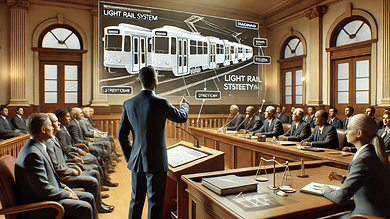Expert Witness Services for Plaintiff in Transit Agency Litigation
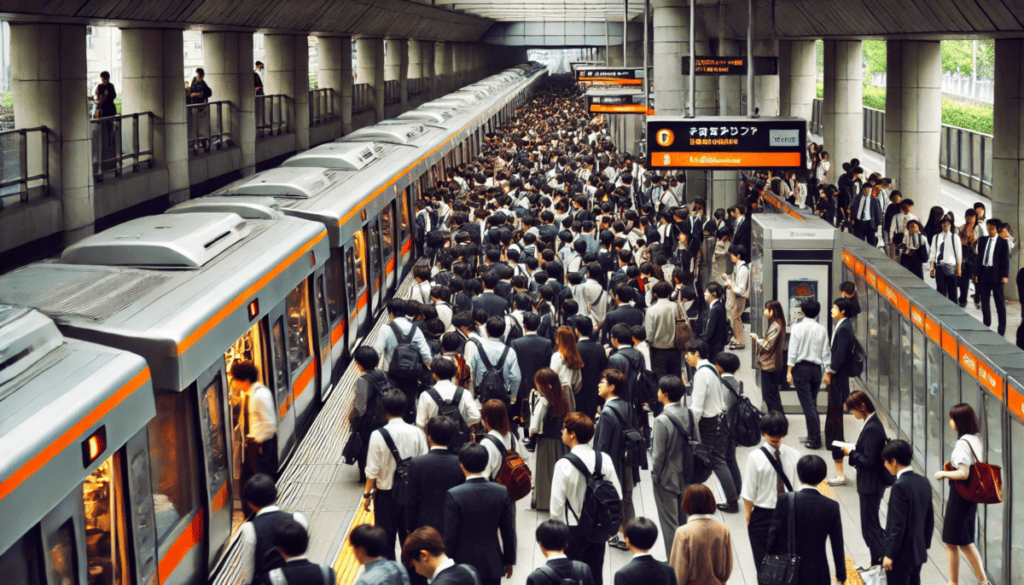
Expert Witness for Plaintiffs Against Transit Agencies
Light rail systems, integral to urban public transportation networks, are fraught with safety challenges stemming from their complex operating environments.
This article explores the hazards associated with light rail transit, the measures implemented to control these risks, and expert witnesses’ critical role in supporting plaintiffs in litigation against transit agencies.
Hazards in Light Rail Public Transit
Light rail systems are uniquely exposed to hazards that can lead to slip and fall incidents. These include:
- Environmental Conditions: Weather-related factors like rain, snow, and ice frequently contribute to slippery conditions at stations and on platforms.
- Infrastructure Issues: Uneven flooring, gaps between trains and platforms, and poorly maintained walking surfaces are common infrastructural problems.
- Crowding: During peak hours, overcrowding can lead to accidents as passengers rush to board or alight from trains.
- Debris and Obstructions: Litter, spills, or equipment left on walkways can pose tripping hazards.
- Vandalism and Neglect: Damaged facilities due to vandalism or insufficient maintenance can increase the risk of accidents.
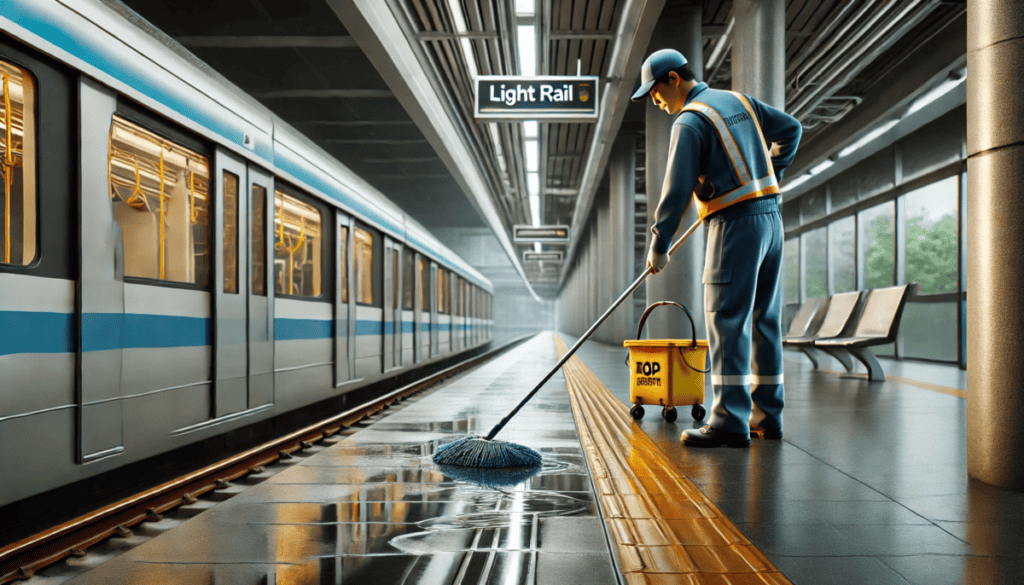
Controlling Hazards in Light Rail Systems
To manage these risks, transit agencies claim to implement a variety of control measures:
- Regular Maintenance and Inspections: Ensuring that all transit facilities are in good repair and that potential hazards are addressed promptly.
- Weather-adaptive strategies include applying anti-slip coatings to platforms, improving drainage systems, and prompt snow and ice clearing.
- Crowd Management: Implementing policies and procedures to manage passenger flow during peak times to prevent overcrowding.
- Regular Cleaning: Maintaining cleanliness to prevent slip hazards from spills or debris.
- Security and Vandalism Prevention: Enhancing security measures to deter vandalism and ensure facilities remain safe and functional.
Role of Expert Witnesses in Light Rail Slip and Fall Cases
Expert witnesses specializing in light rail safety play a pivotal role in litigation involving slip and fall accidents by:
- Technical Assessment: Provide a detailed analysis of the incident, assess whether industry safety standards were met, and identify the root causes of the accident.
- Reconstruction of Incidents: Using technical knowledge to reconstruct the accident, often utilizing simulation technologies to demonstrate how and why the incident occurred.
- Testimony on Best Practices: Offering insights into best practices in light rail safety, comparing the measures taken by the transit agency against those standards.
- Risk Management Advice: In court, their testimonies help shape the perception of the agency’s commitment to safety and their proactive measures to prevent accidents.
- Increasing Liability: Expert witnesses can significantly increase liability in litigation by effectively communicating the technicalities of the lack of safety or compliance measures and the ramifications transit agencies face.
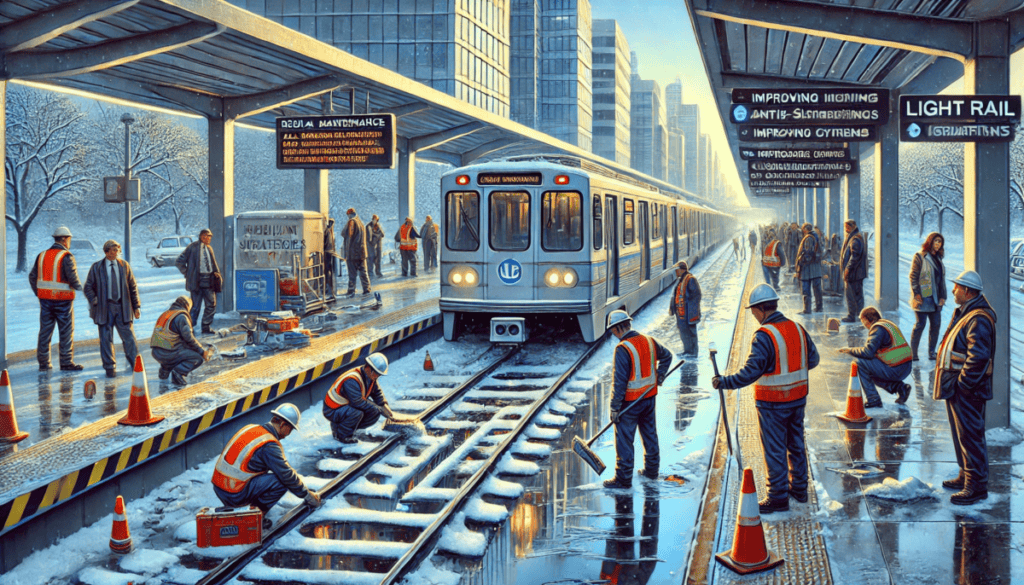
Case Studies of Expert Witness Involvement
These case studies draw on elements that are seen in real cases, but they remain entirely speculative and are used for educational and illustrative purposes.
Case Study 1: Slip on Icy Platform
An expert witness was involved in a case where a passenger slipped on an icy light rail platform. The expert’s testimony highlighted the transit agency’s inadequate weather-adaptive strategies and delayed response to icy conditions, proving crucial in demonstrating the agency’s negligence in hazard control.
Case Study 2: Trip Due to Uneven Surface
In another instance, a passenger tripped over an uneven surface at a light rail station. The expert witness analyzed maintenance records and provided evidence of irregular inspections, delayed repairs, and deferred maintenance, exposing the agency’s failure to maintain infrastructure in a state of good repair and mitigate hazards.
Case Study 3: Fall During Overcrowding
A fall incident occurred during a peak hour due to overcrowding. An expert in crowd management testified about the transit agency’s insufficient implementation of crowd control measures and emergency response protocols, establishing that the agency had not taken reasonable steps to prevent such incidents.
Slip, Trip & Fall Litigations
Expert witnesses are indispensable in supporting plaintiffs in slip-and-fall litigations against transit agencies. Their expertise supports the legal case and highlights the agencies’ systemic failures.
With their complex operational environments, light rail systems require continual improvement in safety practices. Expert testimonies play a key role in documenting these failures and ensuring accountability. This ongoing scrutiny helps maintain the integrity of the transit system and fosters public trust.
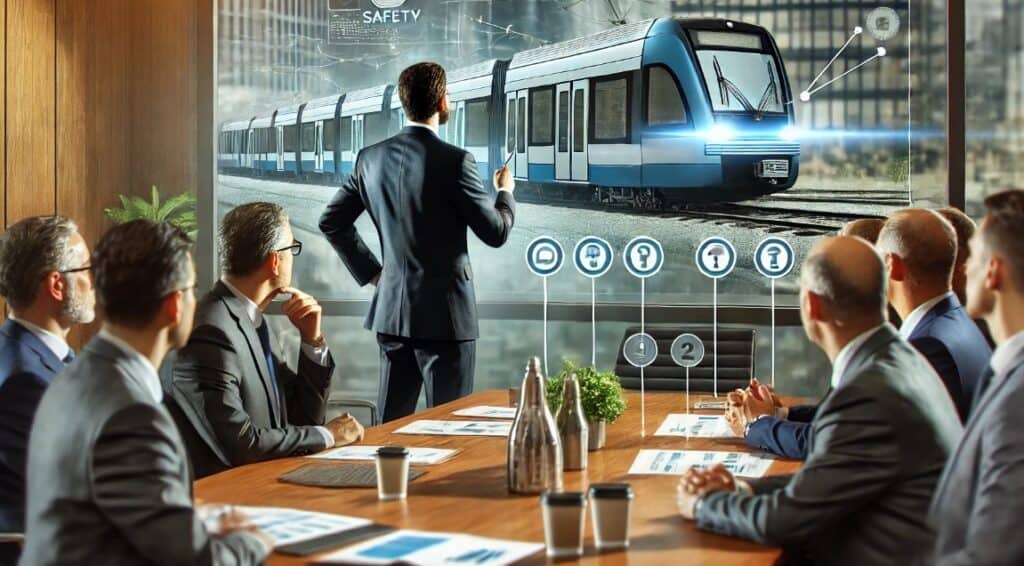
Executive Summary of the Rail Safety Data Report (RSDR)
The Rail Safety Data Report (RSDR), prepared by the Federal Transit Administration (FTA), presents a comprehensive yet concerning overview of rail transit safety outcomes from 2007 to 2018. This report uncovers significant trends and patterns in rail safety and security event data, highlighting their severe consequences regarding fatalities and injuries and examining their likely causes.
The findings suggest critical gaps in current safety measures, often necessitating the involvement of a light rail expert witness to mitigate the escalating risks and potential litigation against rail transit agencies.
Data Collection and Reporting Framework
The RSDR’s data is sourced from State Safety Oversight Agencies (SSOAs) as required by 49 CFR § 659.39(c) (Part 659) and 49 CFR § 674.39(a) (Part 674). However, the FTA’s oversight through the State Safety Oversight (SSO) program appears insufficient, given the persistent safety issues at rail transit agencies that receive federal funding.
Appendix A on the report lists the agencies involved in the SSO community, all of which are implicated in the reported safety failures.
Key Findings: Events, Fatalities, and Injuries (2007-2018)
Overall Trends (2007-2017)
- Events: Increased by 6.7% annually, indicating deteriorating safety conditions.
- Fatalities: Increased by 1.9% annually on average, reflecting a failure to protect transit users and employees.
- Injuries: Increased by 3.7% annually on average, underscoring the rising danger within the rail systems.
When standardized per 100 million vehicle revenue miles traveled (100M VRM):
- Event Rates: Increased by 5.5% per year.
- Fatality Rates: Increased by 0.7% per year.
- Injury Rates: Increased by 2.5% per year.
The year 2018 Data
- Events: 1,211 events reported.
- Fatalities: 188 fatalities.
- Injuries: 558 injuries. The transition to new SSO regulation (Part 674) in 2018 further complicates safety comparisons with previous years, masking the severity of ongoing safety issues.
Probable Causes of Fatalities and Injuries (2007-2017)
- Suicide or Trespasser Events: Constituted 61% of fatalities and 9% of injuries, indicating inadequate preventive measures.
- Customer Actions: Accounted for 56% of non-suicide and trespassing fatalities and 65% of injuries, suggesting poor safety communication and enforcement.
- Public Actions: Contributed to 39% of fatalities and 27% of injuries, reflecting broader safety failings.
- Workforce/Infrastructure: Though a smaller proportion, these causes highlight critical vulnerabilities in specific contexts.
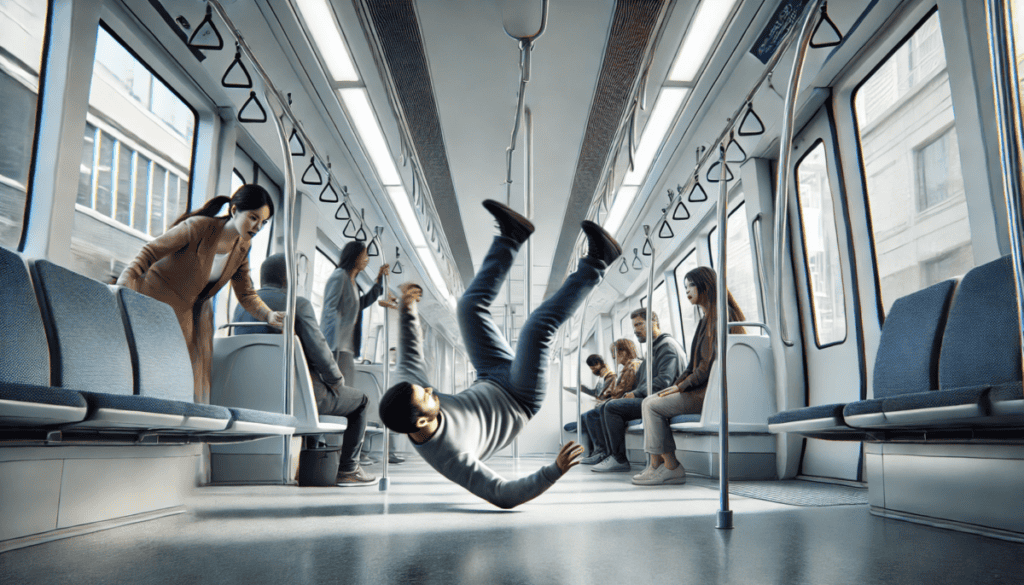
Fatalities and Injuries by Rail Transit Mode
Heavy Rail
- Responsible for 72% of all rail fatalities, with a lower injury rate per 100M VRM compared to other modes, yet still concerning.
Light Rail
- Accounted for 26% of all rail fatalities, with a notably high injury rate, primarily from collisions.
Streetcar
- Though only 1% of fatalities occur, the injury rate per 100M VRM is higher than that of heavy and light rail, indicating significant safety issues.
Reporting Criteria and Methodology
The shift to Part 674 regulation in 2018 and changes in collision reporting requirements between 2010 and 2011 disrupt data continuity, obfuscating the true extent of safety problems. This inconsistency necessitates a focused analysis of the 2011-2017 period to capture more reliable data.
Collisions and Their Impact
From 2011 onwards, detailed collision data reveals:
- Heavy Rail: Most fatalities resulted from train-to-person collisions, highlighting severe safety breaches.
- Light Rail and Streetcar: Predominantly involved in train-to-auto collisions, causing significant fatalities and injuries, demonstrating a critical failure in collision prevention.
Summary and Implications
The RSDR’s comprehensive analysis of rail transit safety data from 2007 to 2018 exposes serious deficiencies in current safety measures. The report underscores the urgent need for enhanced research and targeted safety interventions, particularly in reducing suicide and trespasser events, improving customer safety, and addressing workforce and infrastructure-related issues.
While robust, the RSDR’s standardization and rigorous analytical methodologies reveal a troubling landscape of rail safety trends. This data compels the FTA and SSOAs to implement immediate and effective strategies to minimize risks and significantly improve the safety of rail transit systems nationwide.
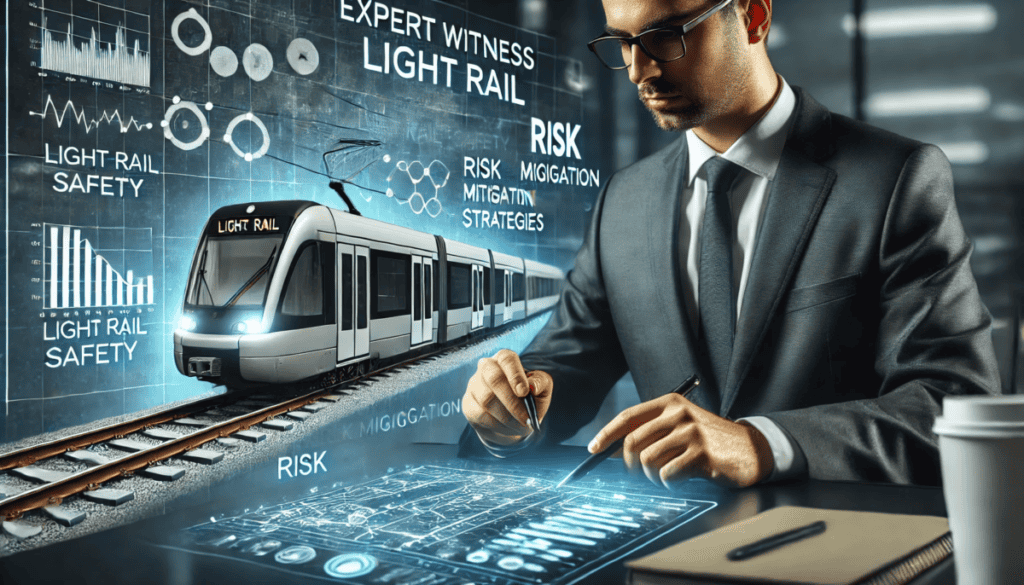
The Need for a Light Rail Expert Witness
Given the persistent and escalating safety issues revealed by the RSDR, the involvement of a light rail expert witness becomes essential. Such an expert can provide invaluable insights and recommendations to:
- Mitigate Risk: Expert witnesses can analyze safety data and identify critical risk factors, helping transit agencies implement measures to reduce incidents and accidents.
- Improve Training: They can offer guidance on best practices and training programs to enhance the safety skills of transit employees.
- Enhance Safety Protocols: Expert witnesses can help ensure compliance with the latest safety regulations by reviewing and recommending updates to safety protocols.
- Support Litigation Defense: In litigation, expert witnesses can provide authoritative testimony and evidence to defend against claims, demonstrating the agency’s commitment to safety and proactive measures.
- Promote Public Confidence: Their involvement can reassure the public and stakeholders that the agency is taking all necessary steps to prioritize safety.
Without expert intervention and continuous monitoring, the rail transit agency will likely face compromised safety and increased vulnerability to litigation.
- Increase Risk: Transit agencies may overlook critical risk factors without expert analysis, leading to higher incidents and accidents.
- Decrease Training Effectiveness: Transit employees may lack the necessary safety skills without guidance on best practices, increasing the risk of operational errors.
- Weaken Safety Protocols: Failing to involve expert witnesses can result in outdated safety protocols and non-compliance with the latest safety regulations.
- Compromise Litigation Defense: In litigation, the absence of authoritative testimony and evidence from expert witnesses can weaken the defense against claims, suggesting a lack of commitment to safety.
- Undermine Public Confidence: Without expert involvement, the public and stakeholders may doubt the agency’s dedication to prioritizing safety, leading to decreased trust and confidence.
Appendices and Detailed Analyses
The report includes several appendices providing detailed insights into the data sources, changes in reporting criteria, and definitions of probable causes and event types. These appendices are crucial for understanding the data’s nuances and the implications of the reporting changes.
Review the full RSDR, which contains in-depth charts, graphs, and statistical summaries that underscore the findings highlighted in this summary.
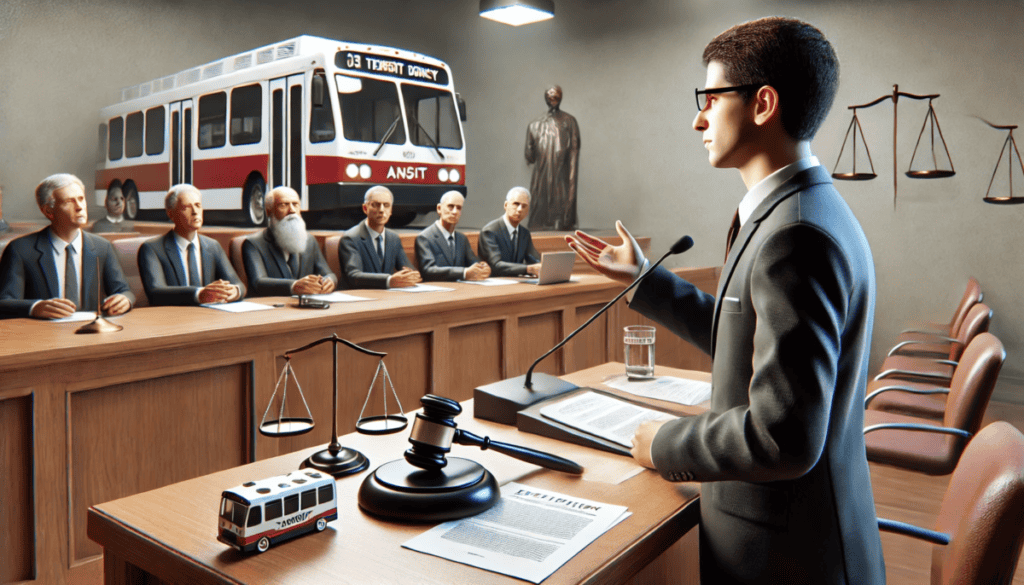
FAQ’s on Engaging a Light Rail Expert for Plaintiffs in Transit Litigation
Overview
Why are Expert Witness Services for Plaintiffs crucial in litigation against transit agencies?
Engaging a light rail expert witness provides essential technical knowledge and insights for building a robust case in litigation against transit agencies. Their involvement is paramount in presenting the plaintiff’s perspective and highlighting the transit agencies’ deficiencies and negligence.
Technical Assessment
How do Expert Witness Services for Plaintiff conduct a technical assessment?
- Comprehensive Analysis: Expert witnesses thoroughly analyze the incident to understand all aspects.
- Industry Standards Evaluation: They assess whether the transit agency met the industry safety standards.
- Root Cause Identification: Experts identify the root causes of the accident, providing a clear understanding of how and why it occurred.
Incident Reconstruction
What methods do experts use to reconstruct incidents?
- Technical Expertise: Experts use their in-depth knowledge to reconstruct the incident accurately.
- Simulation Technologies: They utilize advanced technologies to demonstrate the incident’s dynamics visually.
- Compelling Evidence: Experts offer compelling arguments in court by providing visual and analytical evidence.
Testimony on Best Practices
What can Expert Witness Services for Plaintiff testify about regarding best practices?
- Insights on Best Practices: Experts offer valuable insights into the best practices in light rail safety.
- Comparison with Industry Standards: They compare the measures taken by the transit agency against established industry standards.
- Highlighting Deviations: Experts highlight deviations from accepted safety practices, pointing out the agency’s negligence.
Risk Management Advice
How do Expert Witness Services for Plaintiff advise on risk management?
- Risk Factors and Safety Protocols: Experts advise identifying critical risk factors and implementing effective safety protocols.
- Failure to Mitigate Risks: They pinpoint areas where transit agencies failed to mitigate risks.
- Preventive Measures: Experts demonstrate how risk management could have prevented the incident.
Mitigating Liability
In what ways do expert witnesses help mitigate liability?
- Communication of Safety Measures: Experts effectively communicate the safety measures in place and their inadequacies.
- Challenges and Failures: They present the challenges faced by transit agencies and how they failed to address them.
- Highlighting Negligence: By highlighting negligence and oversights, experts significantly mitigate liability.
Enhancing Case Credibility
How do Expert Witness Services for Plaintiffs enhance the credibility of a case?
- Authoritative Testimony: Experts provide authoritative and credible testimony that strengthens the plaintiff’s case.
- Respected Opinion: Their expert opinion is respected and valued by the court.
- Overall Persuasiveness: Enhancing the overall credibility and persuasiveness of the case.
Addressing Specific Hazards
What specific hazards do expert witnesses address?
- Environmental Conditions: Analyze weather-related factors contributing to slippery conditions.
- Infrastructure Issues: Examine problems like uneven flooring and gaps.
- Crowding: Assess the impact of overcrowding and inadequate crowd management.
- Debris and Obstructions: Evaluate the presence and impact of litter, spills, and obstructions.
- Vandalism and Neglect: Investigate the effects of vandalism and poor maintenance.
Supporting Legal Strategy
How do Expert Witness Services for Plaintiff support the legal strategy?
- Detailed Reports: Provide detailed reports and documentation to support legal arguments.
- Formulating Questions: Assist in formulating questions and strategies for depositions and cross-examinations.
- Guidance on Technical Aspects: Offer guidance on technical aspects pivotal during the trial.
Case Studies and Precedents
What role do case studies and precedents play?
- Pivotal Testimonies: Present case studies where expert witness testimony has been pivotal.
- Successful Outcomes: Highlight successful outcomes in similar cases to strengthen the plaintiff’s position.
- Importance of Expert Analysis: Use past precedents to illustrate the importance of expert analysis and testimony.
Public Confidence and Perception
Why is public confidence and perception important?
- Demonstrating Agency Failure: Demonstrate the transit agency’s failure to maintain public safety.
- Impact on Public Trust: Show the impact of the incident on public trust and confidence in the transit system.
- Need for Accountability: Emphasize the need for accountability and improved safety measures.
Why are Expert Witness Services for Plaintiff indispensable?
Engaging a light rail expert witness is indispensable for attorneys representing plaintiffs in transit agency litigation. Their expertise supports the legal case and provides a comprehensive understanding of safety failures and negligence.
Expert Witness Services for Plaintiffs are critical in ensuring justice is served, and transit agencies are held accountable for their safety lapses. This ensures the integrity of the transit system and fosters public trust.

